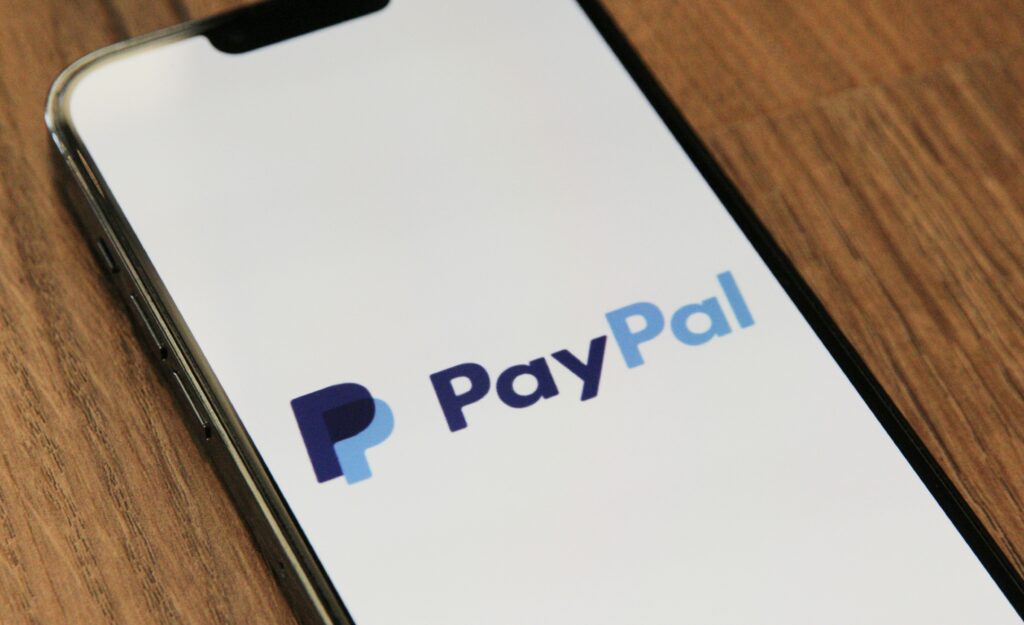Some small and mid-sized high-risk merchants often grow so successful that the owners become removed from important day-to-day business functions. Website compliance and security could become vulnerable. A few rogue affiliate marketers may steal big sales and commission. And, chargebacks might increase due to poor compliance and customer support. As an online merchant scales, the director may scramble to make decisions without considering how it might affect the bottom line. Consequently, by the time the need for more payment processing nears, they may discover their request for a higher volume limit or another merchant account has been denied due to major risk factors!
Turn your online business around so it won’t affect your payment processing. Follow these best practices to ensure your small or mid-sized e-commerce company runs smoothly. More importantly, don’t ever allow merchant account termination when you could have prevented it. A merchant account that is closed could lead to MATCH listing or difficulty getting new processing.
High- risk merchants overlook reputation management
Many high-risk merchants are unaware that acquiring banks do thorough underwriting during the merchant account application process. Payment providers do care about things like processing history and proof of identity of the business owner. However, online reputation also influences approvals. If the majority of consumers don’t have positive things to say about your product or service, then don’t apply for more payment processing. There is a high probability you will be declined.
Dedicated staff members should help to manage your online reputation whether it be on complaint boards, the Better Business Bureau (BBB) website or social media reviews. If internal resources are not available, then outsource this job. There are plenty of independent social media/community managers or SEO experts and agencies that do this for a living. They can help counter negative media about your company and brand. Stop applying for merchant accounts until these matters are resolved, otherwise you could be facing rejection.
Example #1
Former customers accuse UK-based BOOKIT Corporate Events LLC of running a pyramid scheme. BOOKIT specializes in real estate investment and wealth management program events. Though the customers’ characterization of the business is untrue, irate people take to Facebook, BBB and other public forums to launch complaints. The merchant generates $1 million in monthly revenue, averages a 3.25% chargeback rate, and fails to address grievances, but desperately needs a merchant account in the US for cross-border transactions. Consequently, when they apply for an offshore payment solution from an acquiring bank, underwriters perform due diligence. BOOKIT is eventually declined from further credit card processing, because chargebacks are high and none of the negative media is addressed.
Payment solutions are not easy to obtain. This is why high-risk merchants should make every effort to control their fraud-to-sale ratios. Therefore, low chargeback rates and answering public reviews or complaints about their brand, whether wrong or right, can have a serious impact.
Take control of fraud management
Small and mid-sized high-risk merchants are always at the forefront of new and creative marketing hacks and sales funnel techniques. They have to be in order to stimulate more orders and higher conversions to increase revenue. However, there are cases where ambitious marketing techniques can result in elevated rates of fraud. This is especially dangerous during the holiday shopping season.
Sometimes business owners are so busy it does not afford them time to prevent, detect and manage fraudulent transactions and activity. Therefore, they launch a product, but are not present after for any potential fallout. Things like unmonitored affiliate programs, poor order fulfillment and unclear recurring billing terms ultimately result in chargebacks. Therefore, it’s key for high-risk merchants to take their time, be transparent and perform tests on their offers. There are a few ways to do this. You can implement fraud analytics tools to identify potential fake customers. Obviously, be aware of too many false positives so you are not turning away legitimate buyers, but tailor your software over time to fit your business.
Some high-risk merchants incur a lot of chargebacks, but are successful in reversing them, particularly those wrongly triggered by a buyer. Unfortunately, Visa and MasterCard networks still count original chargebacks as fraudulent activity. Be on guard!
Example #2
Dating and seduction merchant, OutWit LLC is launching a new course to help men land the girl of their dreams! They want to offer a package for newcomers including a six-month one-on-one coaching service, 24/7-access to a member’s area and a new e-book. They open a contest in their affiliate program, develop a unique landing page and use sponsored social media ads for exposure. Thirty days later, over 25 chargebacks emerge from their campaign. Two affiliates used deceptive marketing practices to promote the offer and stolen credit cards for fake sales so they can collect their commission.
High-risk merchants in this scenario should consistently do A/B testing of new offers and sales funnels before making them widespread. If you replace your current page with something unfamiliar, make sure it’s proven to increase conversions. To curb bad traffic, restrict marketing of promotional offers to select prominent affiliates. Additionally, only allow affiliates to promote for a short time (e.g. five to 10 days) to manage the volume. A conservative test will establish if your product should be a short or long-term offer. Also, monitoring sales by affiliate and knowing each of their chargeback and refund rates can help weed out problematic partners.
Moreover, high-risk merchants’ activity is already being watched for fraud. One way to prevent fake transactions is to limit the number of times a card can be applied at checkout during a given period of time. Your shopping cart and/or CRM should have features to stop this activity. If stolen credit card numbers are entered from the same IP, your system should decline these orders. Additionally, consider implementing authentication tool 3D-secure in your checkout. The updated version is more user-friendly and has less of an impact on conversions. Read more about it here.
Customer support is essential for high-risk merchants
Anyone who has ever spent time working in the food service industry knows that some companies believe in the statement “the customer is always right.” High-risk merchants should apply the same philosophy when it comes to customer support. Never say or do anything that will make your customers irate and always be courteous to them no matter the situation.
Make it super easy for customers to reach you, even it it’s to cancel their order. It should be easy for a buyer to find your contact information. Check your website to ensure your details are visible on all pages: terms and conditions; product return instructions; and cancellation policies.
Example #3
E-Cigarette merchant Vapelicious Outlet Inc. has been bombarded with refunds and chargebacks for 90 days. They are breaching the fraud threshold set for their merchant account by their acquiring bank. This could spell trouble for their business if they lose the privilege of accepting credit card orders through their online store. Unfortunately, Vapelicious recently updated their website and forgot to add key information as part of compliance with Visa and MasterCard. Now their credit card acquirer could terminate them.
High-risk merchants like Vapelicious should do a full review of their website. They should check that they have a clear descriptor relevant to their product or business name on their order page. This will remind consumers that they bought from the company once they read their credit card bill. For Vapelicious an obvious descriptor to use would be vapelicious.
A visible toll-free number on the website order page and footer is also another practice high-risk merchants should follow. This ensures customers can call during designated opening hours. More importantly, customers should hear the company name in the greeting message. Support staff should know the products inside-out and speak the same language as the target audience.
Furthermore, if returns are an issue Vapelicious needs a clear refund policy plus ensure signatures on all products delivered. A signature works in the favour of a merchant. It also makes it hard for chargebacks to be issued, and adding 3D-secure to authenticate the online order will make it chargeback-proof.
What are your next steps?
Do you have questions about how to save your existing merchant account from termination? Need to find a payment solution that will help your high-risk business grow? DirectPayNet deals exclusively with medium and high-risk businesses; therefore, we know the step-by-step processes involved in securing merchant accounts, ACH and other processing solutions. We can help, whether you sell a digital product, health supplement subscriptions or high-ticket products and services, so contact our team today!







